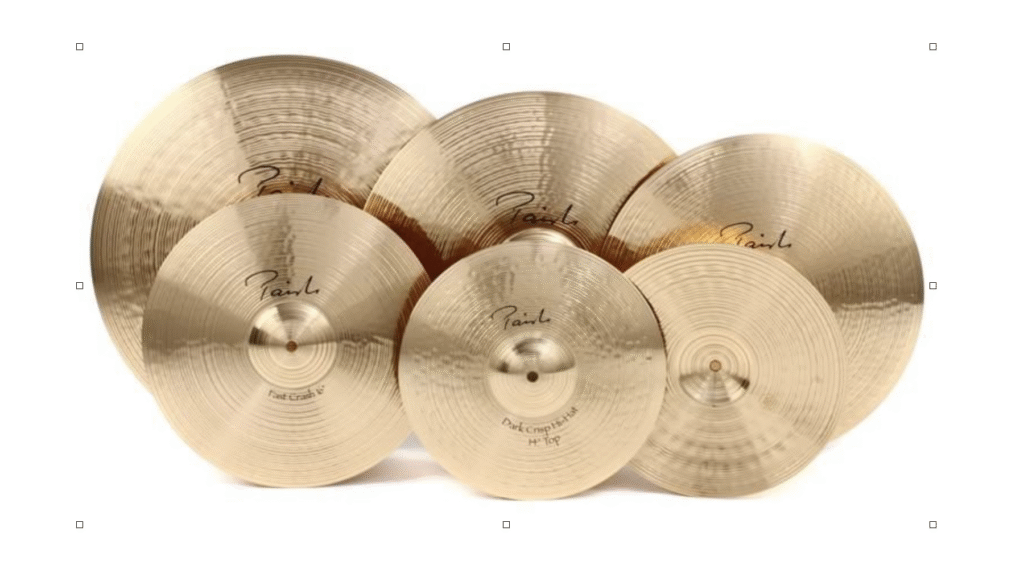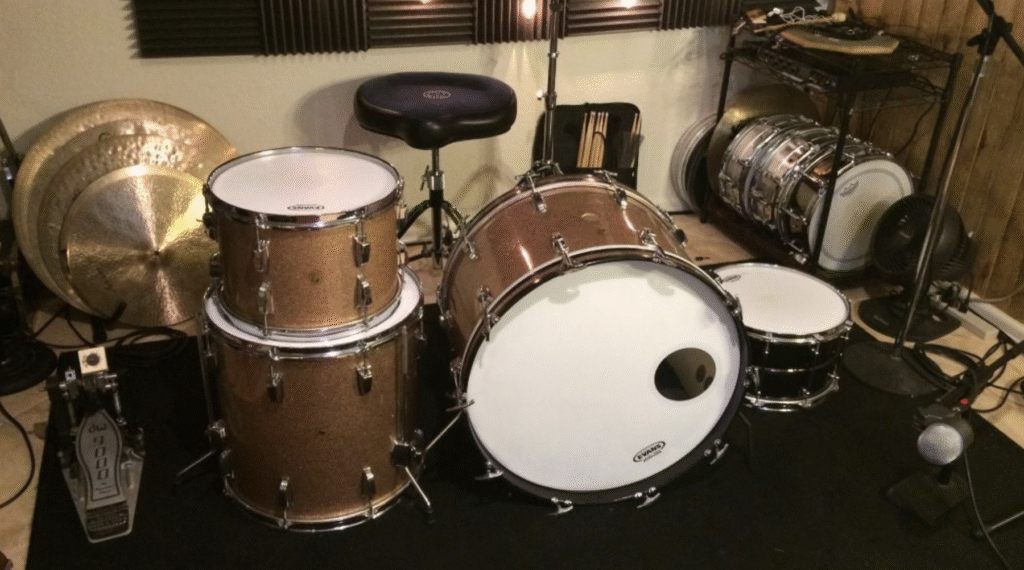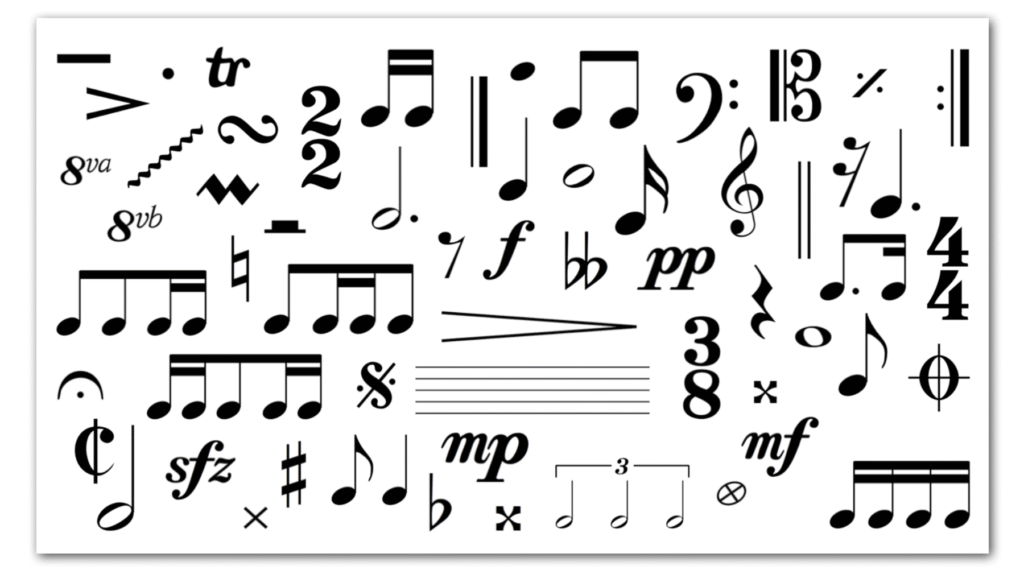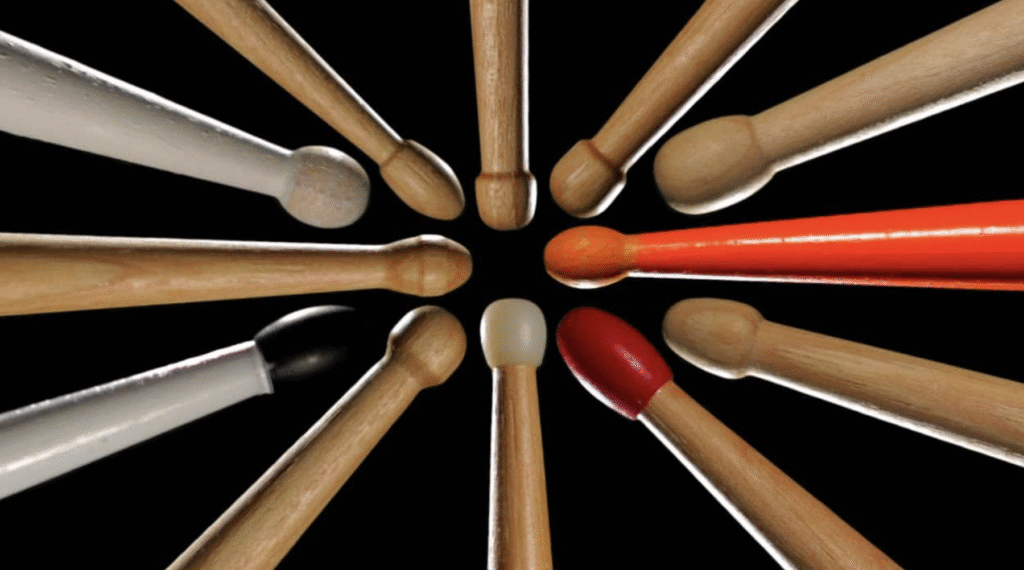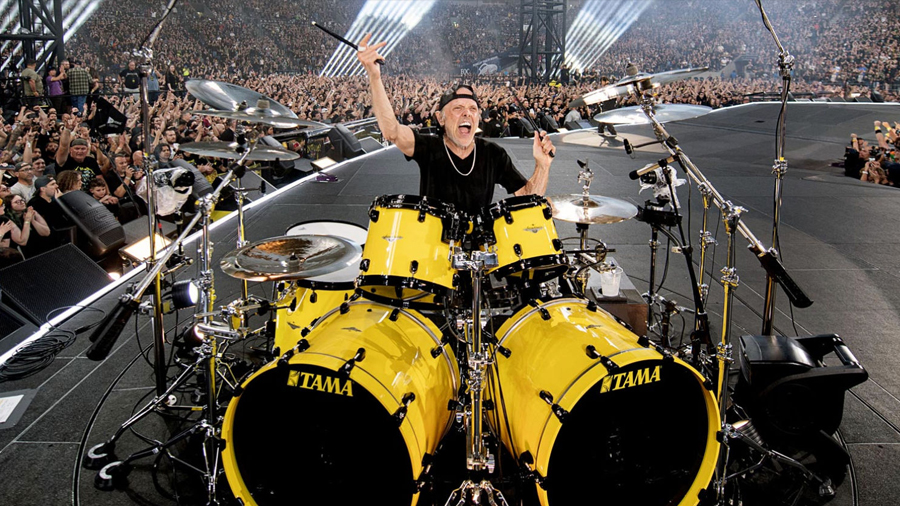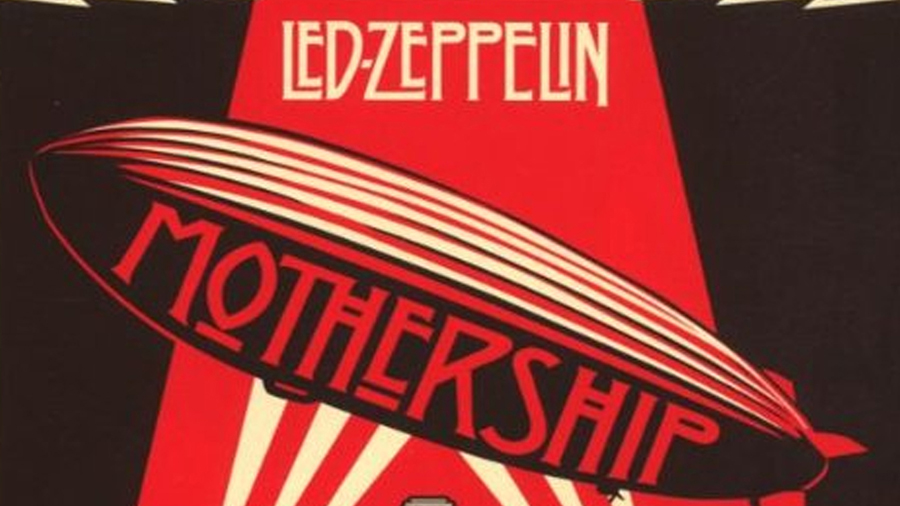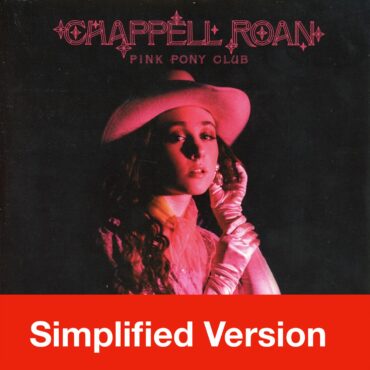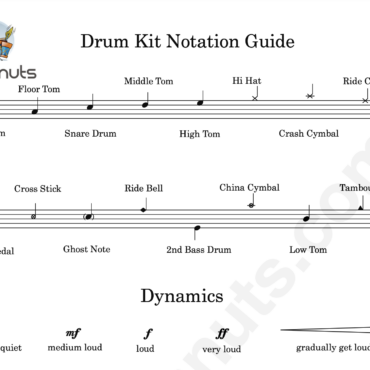How to Choose Cymbals That Are Right For You
Learning how to choose cymbals is essential for any drummer who wants to create a personalized sound. Cymbals are more than just shiny pieces of metal—they can shape the tone of your overall kit. With so many options available, finding the right set can feel overwhelming. But don’t worry—we’ve got you covered.
Whether you’re a beginner or a seasoned drummer, understanding cymbal types and characteristics will help you make smart decisions. From bright crashes to dark rides, every cymbal serves a purpose.
Start with Your Style and Genre
Before diving into specs, think about what kind of music you play. Jazz drummers often prefer dark, dry cymbals that blend smoothly. Rock and metal players typically lean toward brighter, heavier cymbals with powerful attack.
If you play multiple genres, consider building a versatile cymbal setup. That way, you can switch tones as needed. For example, a dry ride works well for funk but might feel flat in a loud rock setting.
Understand Cymbal Types and Roles
Each cymbal serves a different function in your kit. Choosing the right ones means knowing what to expect from each type.
Hi-Hats:
Used a lot in drum patterns beats, hi-hats offer a crisp, rhythmic backbone. Smaller sizes (13”-14”) are tight and quick, while larger ones sound fuller and louder.
Crash Cymbals:
Crashes create dynamic accents. Thinner crashes open faster with a lighter sound. Thicker ones cut through loud mixes.
Ride Cymbals:
Like hi hats the ride is another timekeeper. Lighter rides have a washy tone ideal for jazz. Heavier rides offer clear ping, great for rock.
Splash and Effects Cymbals:
Splashes add quick bursts of sound. Effects cymbals, like chinas or stacks, give your kit a creative edge.
Consider Cymbal Sizes and Weights
Size and weight directly impact sound. Larger cymbals produce more volume and sustain. Heavier cymbals have a brighter, more cutting tone, while thinner or smaller ones usually decay quicker.
If you play live often, you may want heavier cymbals to project better. For studio sessions or practice, lighter cymbals offer more control.
Transitioning between different weights in your setup can create an interesting contrast in dynamics. For example, pairing a thin crash with a heavy ride gives you both subtlety and power.
Match Cymbals for Consistency
Cymbals don’t have to match brand or model—but they should blend well sonically. Listen to how your crashes, ride, and hi-hats interact. A dark crash might clash with a super bright ride.
Many cymbal manufacturers offer matched packs for this reason. If you’re starting out, these packs can provide a balanced set without much guesswork. However, experienced players often mix brands to craft a more personalized sound.
Always test cymbals together before buying, if possible. Trust your ears and aim for a cohesive tonal palette.
Try Before You Buy
Cymbals may look similar, but they rarely sound the same. Always try them in person or listen to sound demos with high-quality audio.
When testing, play at various volumes to hear how the cymbal responds dynamically. Some cymbals sound great loud but fall flat at lower levels.
Also, check how the bell, bow, and edge respond to different sticking. These subtle elements can drastically affect how you connect with the cymbal.
Think About Longevity and Quality
Cymbals can be a big investment, so choose quality pieces that last. Well-known brands like Zildjian, Sabian, Meinl, and Paiste offer a wide range of options for all budgets.
B20 bronze alloy (used in higher-end models) is known for its rich, musical tone and durability. B8 alloy is more affordable but often has a brighter, less complex sound.
Although budget options are tempting, it’s usually better to buy fewer high-quality cymbals than lots of cheap ones. You’ll hear and feel the difference every time you play.
Budgeting and Prioritizing Purchases
Start with the essentials: one ride, one crash, and a pair of hi-hats. These three cover most playing situations. Add extra crashes, splashes or effects cymbals over time as your budget allows.
If you’re upgrading from a beginner set, focus on the cymbal that gets the most use. For many, that’s the crash or hi-hats. Gradually build your collection around your playing needs.
Many music stores and online outlets offer used cymbals in great condition. It’s a smart way to get pro-level gear at a lower price. Choose cymbals with a drum teacher @ kiwidrummer.com.
Maintain Your Cymbals Properly
Once you’ve chosen your cymbals, treat them well. Always use felts and sleeves on stands to prevent keyholing. Clean them gently with a cloth and cymbal cleaner, avoiding harsh chemicals.
Store them in a padded cymbal bag when not in use. Even a small crack or dent can change the sound or shorten a cymbal’s life.
Final Thoughts on How to Choose Cymbals
Learning how to choose cymbals is a key step in developing your drumming voice. By considering style, size, sound, and durability, you’ll build a cymbal setup that can grow with you.
Whether you’re searching for your first ride or hunting down a custom crash, take your time and trust your ears. At Drumnuts, we believe your gear should elevate your creativity—not limit it. So, get out there, explore, and play your way.

